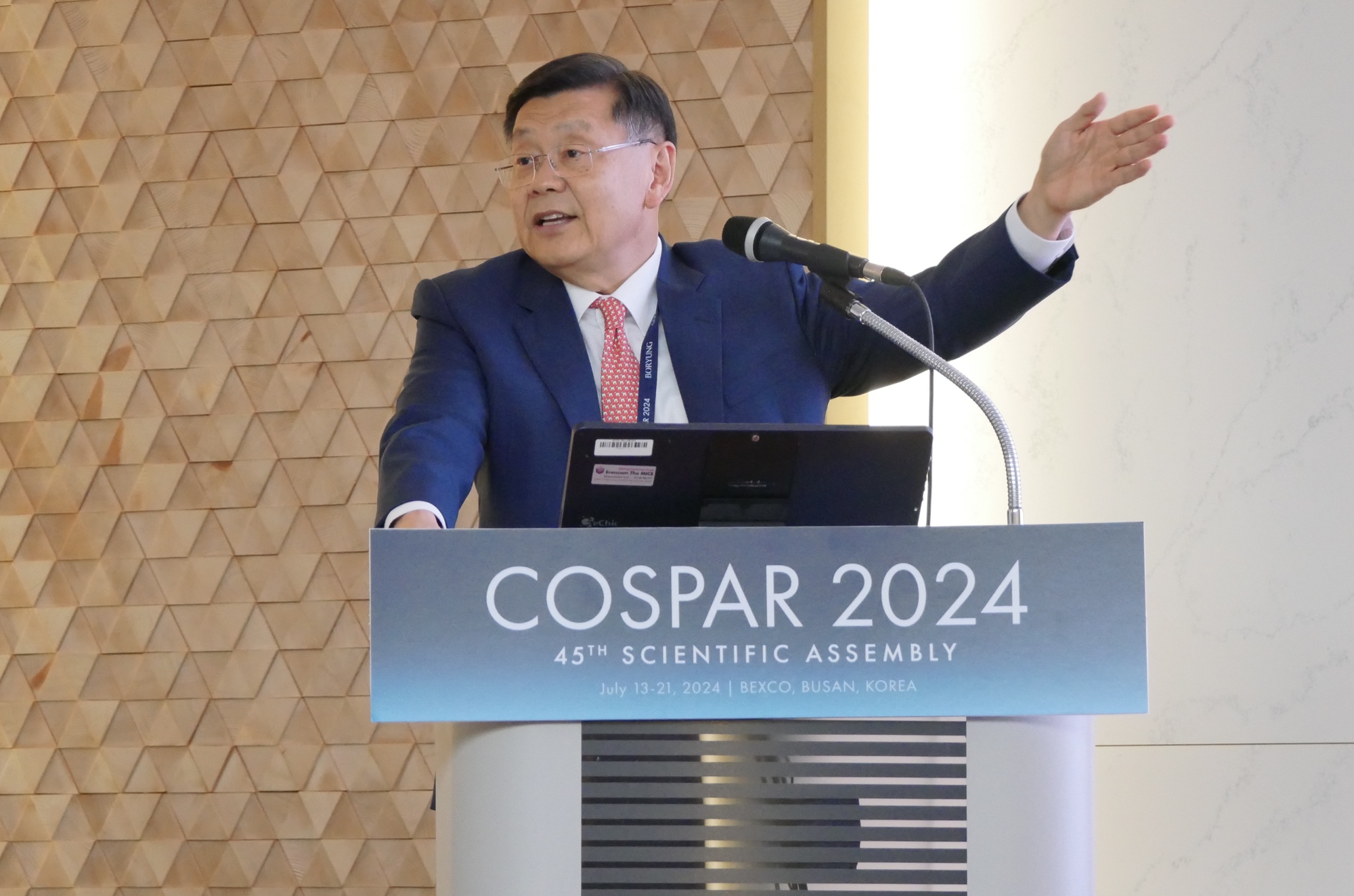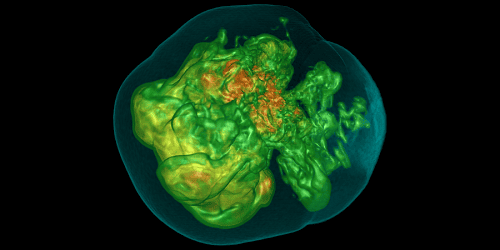South Korea’s new space agency outlines plans

BUSAN, South Korea — South Korea’s new space agency, less than two months old, is laying out ambitious goals in spaceflight as part of its efforts to serve as a “control tower” for the county’s growing space presence.
The Committee on Space Research (COSPAR) 45th Scientific Assembly held here served as one of the first opportunities for the Korea Aerospace Administration, or KASA, to tell an international audience about its plans to coordinate and expand space activities in the country. KASA started operations on May 27.
“This year marks a significant milestone in the history of Korea’s space development with the establishment of KASA,” said Youngbin Yoon, administrator of KASA, at the opening ceremonies of the conference July 15.
There have been space activities in other research centers and universities in the country for decades, but no single agency in charge of civil space activities. “In response to public opinion and recognizing the need for a dedicated government agency, Korea Aerospace Administration, KASA, was officially established,” he said.
The agency, he said, “serves as the control tower for national space affairs and international cooperation,” with the goal of creating an aerospace economy in South Korea. That work will be focused on space transportation, satellite, space exploration and aviation. KASA has long-term goals, he added, of sending a robotic lander to the moon in 2032 and another to Mars in 2045.
In a separate address at the conference July 17, John Lee, KASA’s deputy administrator who previously worked for three decades at NASA, said those goals will come with additional funding. The country’s investment in space is currently about one trillion won ($720 million) but is projected to increase 50% by 2027.
He outlined plans in those four areas. In space transportation, KASA will continue work on the Nuri, or KSLV, rocket while investing in reusable launch vehicle technology and expanding launch facilities.
In satellites, KASA seeks to support work in very-high-resolution imaging satellites with a resolution of 15 centimeters. “It’s a lofty goal, but we’re going to put that goal out there and try to get there,” he said. The agency will also invest in optical communications and a regional navigation system.
In spaceflight, KASA plans both the lunar and Martian landers as well as a spacecraft that would observe the sun from the Earth-sun L4 Lagrange point, a location 60 degrees ahead of the Earth in its orbit that has not been proposed by other agencies for space science missions.
That spacecraft would offer unique observations of the sun, particularly of solar flares. “If you have a disturbance starting from the sun that’s going to come and hit the Earth, the particles move in a spiral fashion following the magnetic field pattern,” said Sami Solanki, a space scientist at Germany’s Max Planck Institute, in a separate talk at the COSPAR conference. “The L4 point is exactly above where this will happen.”
Lee said KASA will be responsible for South Korea’s space policy development and overseeing commercial space activities in the country. It will also be involved in international cooperation. “There will be a lot of bilateral talks that will be going on as well as multilateral cooperation that will involve other countries.”
Those talks included the first bilateral meeting between KASA and NASA, held July 15 on the sidelines of the COSPAR conference. Yoon met with NASA Deputy Administrator Pam Melroy to discuss how to build upon past cooperation between NASA and Korean organizations, which included flying a NASA instrument on the Korea Pathfinder Lunar Orbiter spacecraft.
“Looking ahead, NASA and KASA are exploring a wide range of opportunities and fostering innovation in new areas,” NASA said in a July 16 statement, but did not mention any specific projects.
Related
Read the original article here




